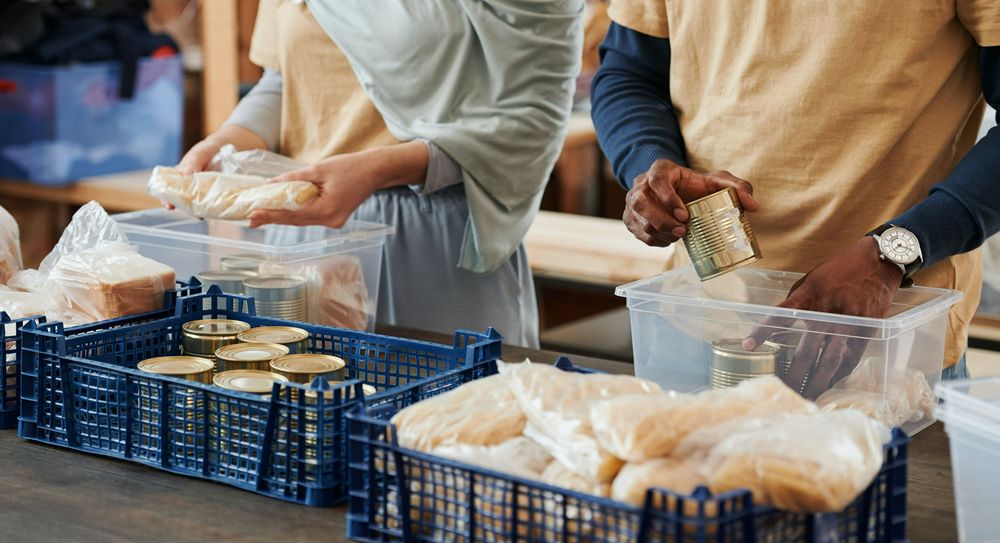More than ever we live our lives online. We share social media posts, shop online, catch up via email, and store photos in the cloud. So it’s no surprise that writing your final wishes has become more complicated. How do you go about making sure all this online info about you is managed properly when you’re gone?
Making a plan to manage your digital legacy is sensible. It can help your family and friends access and manage your online info more easily. And it’ll hopefully give them the chance to save sentimental photos and video clips that’ll be shown to the family long after you’re gone. Learn more about managing your digital legacy in our guide below.
What is a digital legacy?
Not heard the term “digital legacy” before? It’s any info about yourself that’s left behind online after your death. This could be social media posts you’ve made, photos of yourself, your email account and any blogs or websites you created. These are all digital assets that make up your digital legacy.
They’re usually password protected which can make it tricky for someone else to manage them in the event of your death. So managing your digital legacy now is sensible. That way you know it’ll be in good hands when you’re gone.
How to take care of your digital legacy
To make sure all your digital accounts and assets are properly taken care of we’ve given you a step by step guide to follow below.
- Ask someone you trust to manage your digital legacy
- Make a list of all your online accounts
- Write down what you’d like to do with all your online accounts
- Keep all this info in a safe place
1. Ask someone you trust to manage your digital legacy
If you’ve written a will or a final wishes document you’ll know that you have to ask someone to carry out your wishes for you. It’s the same with your digital legacy. You’ll need to ask someone you trust to handle things for you. Perhaps the same person named in your will could handle your online info for you? Or is there another family member who’s digitally savvy who could take it on?
Whoever you choose to manage your digital legacy make sure you chat to them about it first. Ask them if they’re comfortable handling it. And talk to them about what your plans are. Leaving behind final wishes documents can come as a surprise to family members if you haven’t discussed it beforehand. While it can be a tricky conversation to have it will help them understand your requests in advance.
2. Make a list of all your online accounts
Before thinking about what you’d like to do with all your online accounts sit down and make a list of them. There may be more than you first thought. Are there any old email accounts that you no longer use? Or an inactive social media account? We’ve put together a list of online accounts you might have. It should help you list all your digital accounts and speed up the process for you.
- Your devices. Your laptop, mobile phone, or tablet. It’s likely they all have some form of personal info on them that will need to be deleted or saved.
- Email accounts. Do you have more than one email account? Or an old one that’s no longer used? Check Yahoo, Hotmail and Gmail just to be sure.
- Social media accounts. The most popular social media apps you may have accounts with include Facebook, Instagram, Twitter, Pinterest, YouTube, WhatsApp and LinkedIn. Even if you don’t really use some of your social media accounts any more it’s worth mentioning them so that your family can retrieve any photos or videos that may be of sentimental value.
- Online banking. If you use online banking or any apps to manage your money you may want to include these in your list too. This will also help the executor of your will to easily share your assets among family members, manage any debt you may have and/or pay for your funeral. Include credit card or store card details, any loans you have as well as your online banking details. Make sure you remember any other apps you use to manage your money too like PayPal.
- Cloud storage. Have you ever bought any additional storage for photos or files? Think Apple or Google cloud storage. This could be where you have hundreds of old photos or important files stored that you’ll want your family to save and share.
- Apps. You may have apps downloaded to your phone or tablet that are still your storing personal info. And you may have ongoing subscriptions with them that’ll need to be cancelled.
- Subscriptions. Any music or streaming services that you’re subscribed to will need to be dealt with too.
- Any blogs or websites you own.
Now you have a complete list of all the online accounts you have here are the details you’ll need to include in your list. This is because the person who’s going to take care of your online accounts will need these details to log in and manage them for you.
For each account you’ll need to note down:
- What the account is, for example, Facebook
- Your username
- Email you used to sign up to the account
- The info, images or videos on the account that need to be dealt with
Important: It’s up to you whether you include your passwords here or not. If you feel comfortable doing this and trust the person who’s going to manage your digital legacy giving them your passwords may make things a little easier. But keep in mind that when it comes to managing your money online you may just want the executor of your will to handle this. If you don’t include your passwords this means that the person managing your digital legacy will have to contact the companies involved to manage or close the accounts.
3. Write down what you’d like to do with all your online accounts
Describe what you want to do with each of your online accounts and the digital assets associated with them. You may want some files or photos saved. You might want to have a social media account turned into an online memorial so that friends and family can share memories. Or you may just want the account deleted. Make this as clear as possible with the person managing your digital legacy. Go through it with them if you can. This will save any confusion and help make the process easier.
4. Keep all this info in a safe place
This could be in a locked drawer at home or in a file on your computer. It doesn’t matter where you keep it as long as your trusted person knows where to find it and how to access it. If you’d like to keep all this info along with your will you could give it to your solicitor to keep safe. Just make sure your trusted person is aware of this so that they can manage everything as quickly as possible.
Important: Keep in mind that a document explaining what you want to do with your digital assets is not legally binding. It doesn’t have to be carried out at all. So make sure you trust the person you’ve asked to manage your digital legacy. If you have any doubts put the details in your will to make it legally binding.
Managing online accounts after death is becoming more important to people because we store so much of our personal info online. If you know you have digital assets that are important to you and your family in these accounts taking care of your digital legacy now will put your mind at ease. And it’ll make managing your digital legacy a little easier for your family too.
For more free resources on managing online accounts after death visit the Digital Legacy Association.





